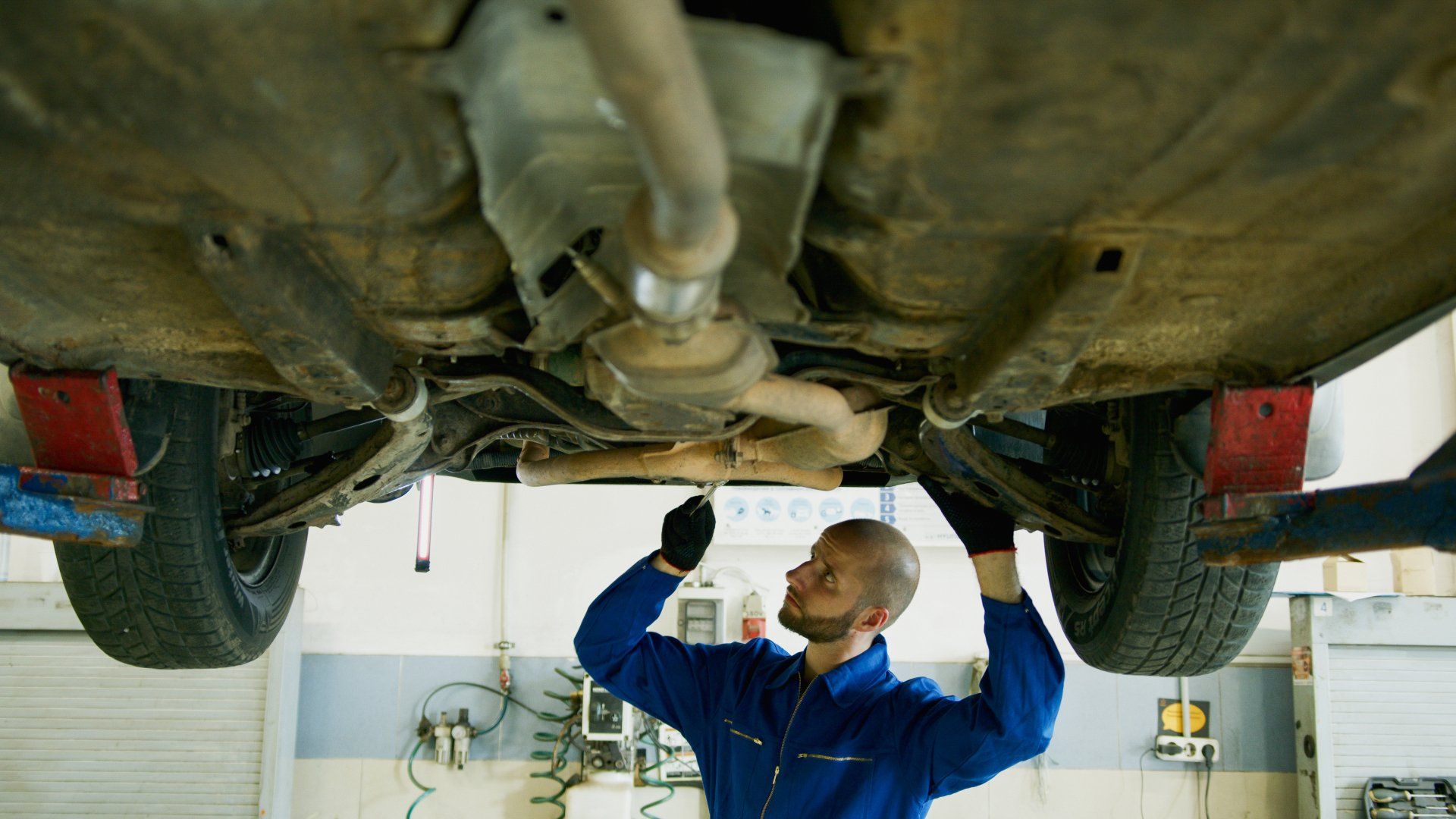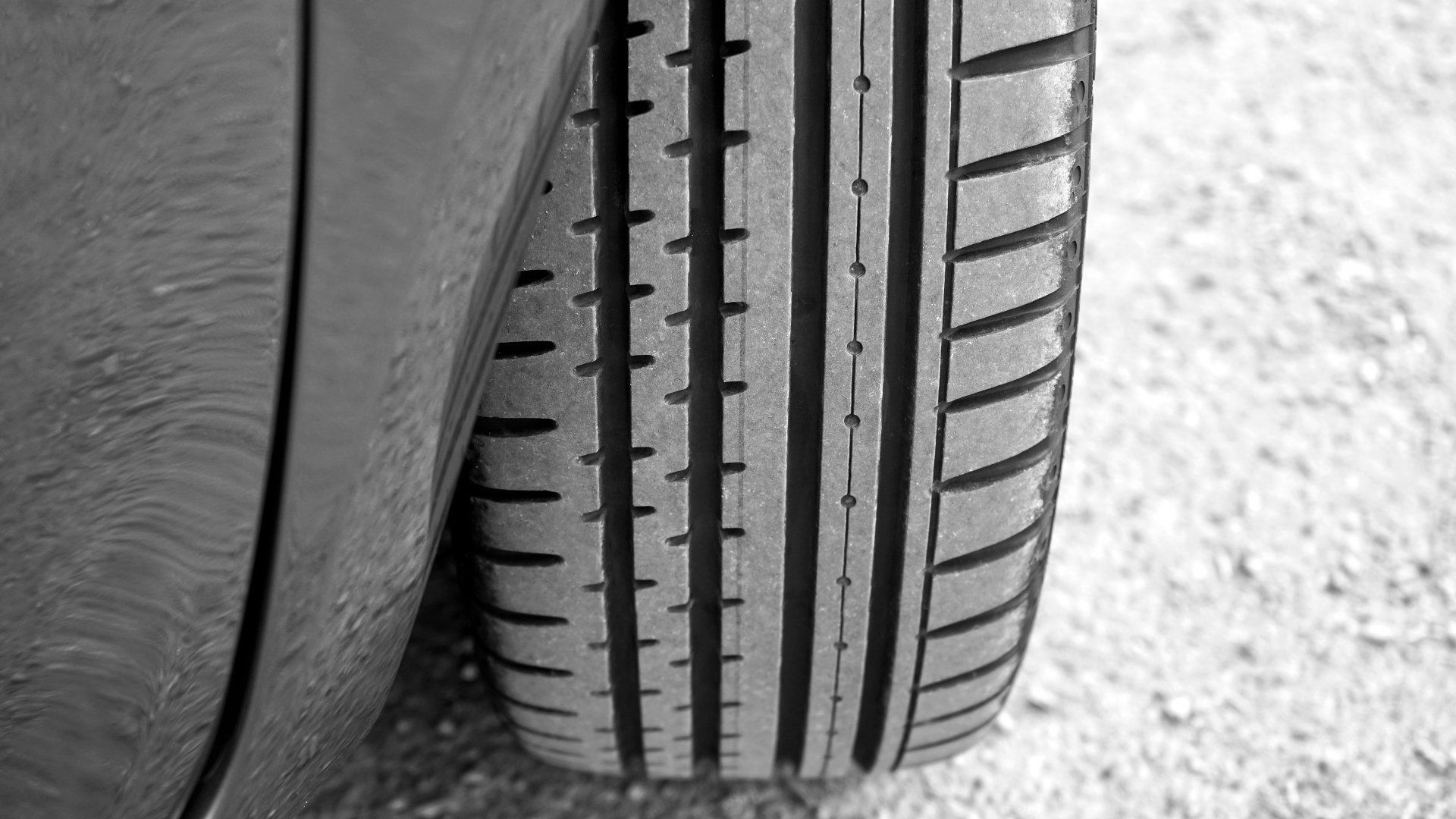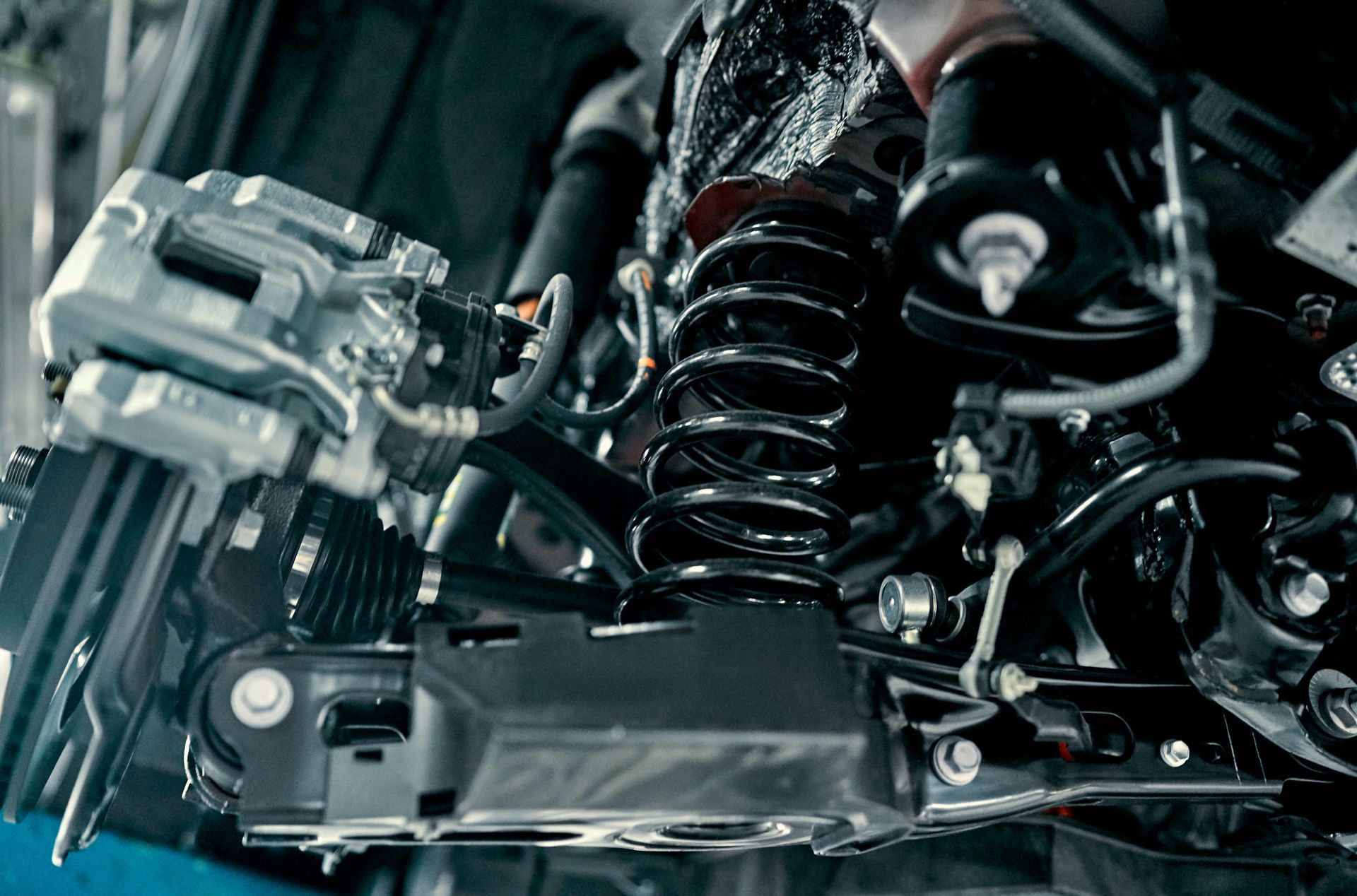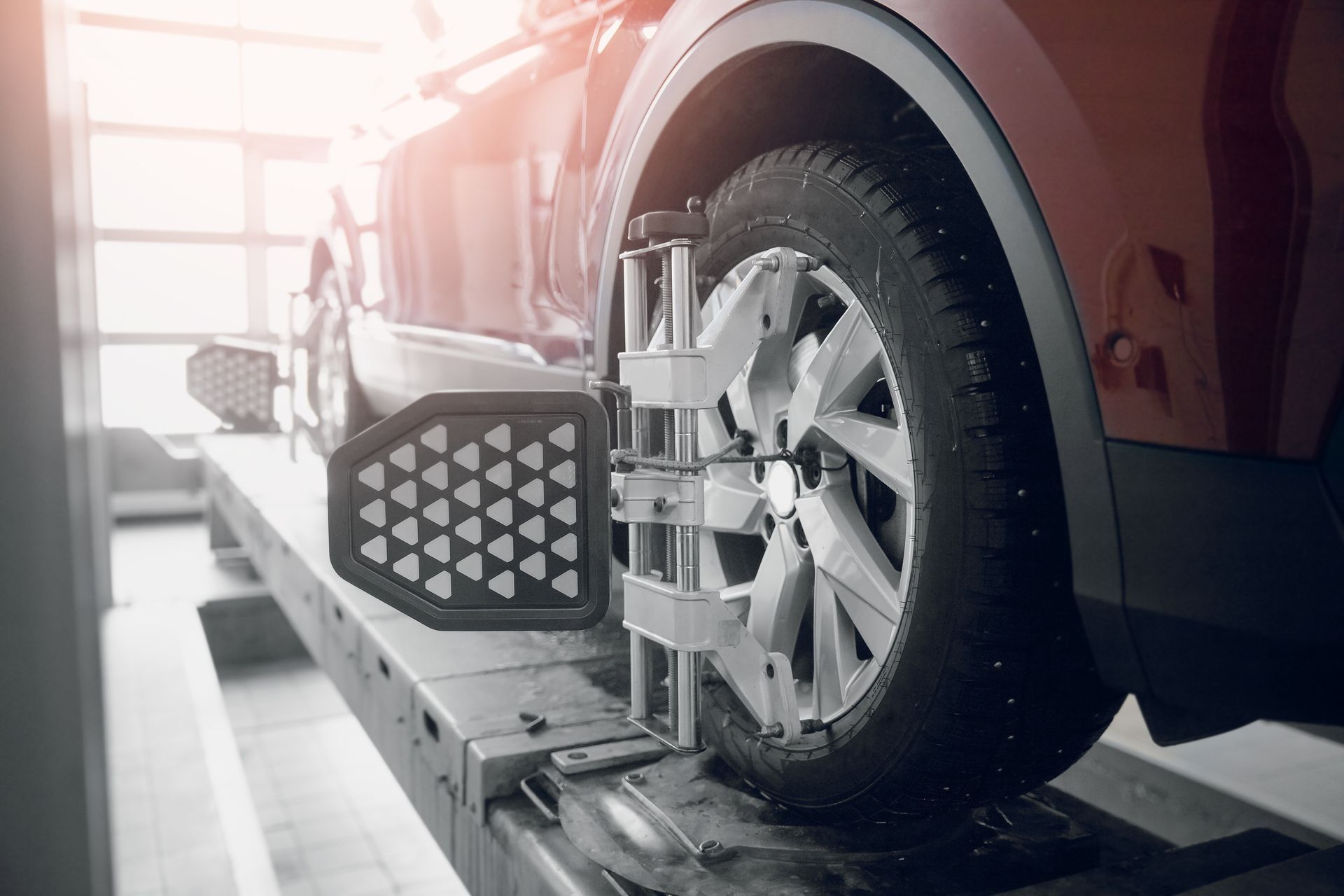Welcome to Velocity Auto Sales Service Center, your trusted automotive experts right here in York, NE. Whether you're a car enthusiast or just trying to get from point A to B, noticing a puddle under your car can be worrisome. Today, we're diving deep into the world of automotive fluids, focusing on how to detect, identify, and resolve fluid leaks. Armed with this knowledge, you can take proactive steps to maintain your vehicle's health and avoid costly repairs down the line.
Understanding Your Vehicle's Fluids
Before we tackle leaks, let's discuss the fluids that keep your vehicle running smoothly:
- Motor Oil: Essential for lubricating the engine.
- Coolant (Antifreeze): Regulates engine temperature.
- Transmission Fluid: Ensures smooth gear shifts.
- Brake Fluid: Critical for braking system function.
- Power Steering Fluid: Facilitates easy steering.
- Windshield Washer Fluid: Keeps the windshield clear.
Identifying these fluids is your first step in addressing a leak, as each has a unique color and consistency.
How to Detect a Fluid Leak
Detecting a fluid leak early can save you time and money. Here’s how you can do it:
Regular Checks
- Visual Inspection: Regularly check under your vehicle for any signs of leaks. Park in a clean area overnight and look for any new spots in the morning.
- Smell and Color Guide: Learn the colors and odors of different vehicle fluids. For instance, coolant typically appears green, pink, or yellow and has a slightly sweet smell.
Using Diagnostic Tools
- Fluid Level Indicators: Keep an eye on your dashboard for any warning lights and routinely check the fluid levels using the dipsticks or reservoir indicators.
Identifying the Type of Leak
Once you’ve detected a leak, identifying the fluid type is crucial:
- Motor Oil: Light brown to black and oily.
- Coolant: Green, pink, or yellow with a sticky texture.
- Transmission Fluid: Reddish and slippery.
- Brake Fluid: Clear to brown and greasy.
Common Causes of Fluid Leaks
- Worn Seals or Gaskets: These are often the culprits behind oil and coolant leaks.
- Hose Damage: Cracks or disconnections can cause coolant, power steering, or fuel leaks.
- Faulty Radiator: A damaged radiator can leak coolant.
Steps to Resolve Fluid Leaks
Resolving fluid leaks involves a few clear steps:
- Identify the Leak: Use the color and location to pinpoint the source.
- Consult a Professional: At Velocity Auto Sales Service Center, we can help diagnose and repair the leak effectively.
- Regular Maintenance: Prevent future leaks through regular checks and replacing aging components.
Why Choose Velocity Auto Sales Service Center?
At Velocity Auto Sales Service Center, located in the heart of York, NE, we pride ourselves on providing top-notch auto service. Our experienced technicians use the latest diagnostic tools to address your automotive needs efficiently. Whether it’s a simple leak or a complex mechanical issue, we are here to ensure your vehicle performs at its best.
Detecting and resolving fluid leaks promptly is crucial for maintaining your vehicle’s performance and longevity. By understanding the basics shared in this guide, you can keep your vehicle in top condition and minimize the risk of major repairs. Remember, Velocity Auto Sales Service Center is just a call away, ready to assist you with your automotive needs.









